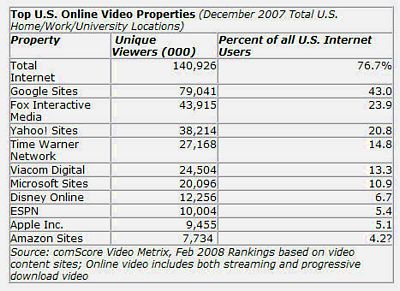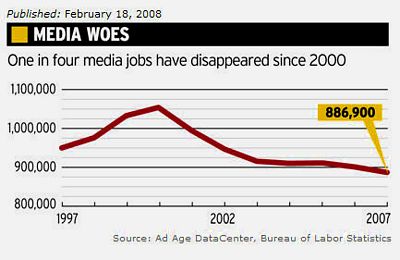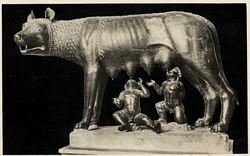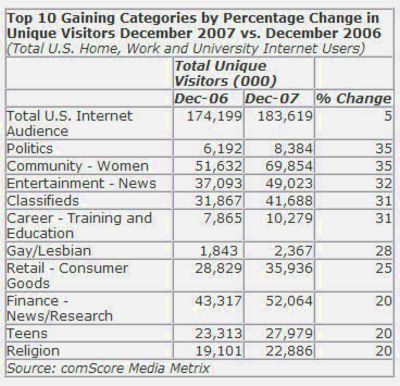
There is a palbable gloom in newsrooms today. Newspaper circulation continues its decades-long decline. Layoffs for the rank & file, and job insecurity for their editors, are the order of the day. How did we get here? That’s a darn good question considering that back in 1994, newspaper publisher Frank Daniels III at the Raleigh News & Observer, were bankrolling technical visionaries like George Schlukbier to create what amounted to the first Internet portals, Nando.net. I was a minor participant in a similar experiment pushed by then San Francisco Examiner publisher Will Hearst who worked through WELL-head John Coate to give a Northern California feel to SFGate.com. These are two early and reasonably successful Web sites that nevertheless failed to put newspaper at the vanguard of the Web revolution. What went wrong?
A recent posting on Nando.net drew this response from Howard Owens , director of digital publishing the suburban chain GateHouse Media. Owens suggested that newspapers had an online lead and blew it due to a:
“Critical strategic blunder: Scaling back online efforts circa 2001 after the Bubble burst. Pretty much every newspaper company stopped investing in online and went into a holding pattern. We fell behind and have yet to catch up. And maybe never will.”
That’s interesting. As a rank & file reporter I don’t get to see the annual internal budget at my own paper much less the industry trend so it may be that newspapers were current up through the dot.com era. But I don’t think underinvestment in new media accounts for anything but a tiny part of the current malaise of the newspaper industry. Rather I suspect that there was no way for newspaper leaders to justify the lower revuene-per-visitor they get from online. I think the online viewer is worth about 10 percent of the newspaper reader. I don’t know how any business, no matter how visionary, can willingly substitute a new-fangled, 10-cent-a-head advertising strategy for the tried-and-true 50-cents-per-eyeball  sale.
Of course that’s what newspaper management must now do, and in what may be a recession. Oh, well. Capital always survives. When the dust has settled the Big Money will buy whatever works and continue to be the big money. It knows this and therefore has no reason to listen to the likes of me.
Labor on the other hand, is screwed, and not entirely by a lack of vision from above. Newspaper reporters have become a breed of over-specialized and over-bred dog. We think the job is about scoops. Right? Those rare but delightful days when we walk into the newsroom on a cushion of air because our story is not only being read shamelessly on radio and television — our sources tell us they are getting calls from other, competing dailies which will feel obliged to run a story the next day. That is the acme of daily newspapering — to have a scoop that other papers must follow the next day.
But every aspect of that scenario is obsolete. There are fewer competing paper. Most of the stories any of us read or write come from press releases and the rare few tips that pan out into stories are generally self-serving. And in the network age there is no fact worth knowing that isn’t widely available to the whole damn planet not long after it is known by a few. So if you did score an old-fashioned, paper-down-the-road-gotta-run-it-tomorrow scoop, it’s a non-event when it comes to the survival of your paper or papers in general. Because real news, the stuff that you gotta hafta know — the score of the Giants upset over the Patriots in the 2008 Super Bowl, for instance — you learn within minutes by osmosis and there is no psychic nor renumerative credit to being the disseminator of that information. Google, for instance, which hires no journalists but merely aggregates their product by skimming the Web and presenting a list of headlines in a newsreader, is now felt to be one of the most trusted news brands in the world (see the citation on that in this posting).
So I’m not sure what we’re supposed to be doing as newsies to live long and prosper. And perhaps that’s the problem.


 Â
   David Eun
 David Eun 
